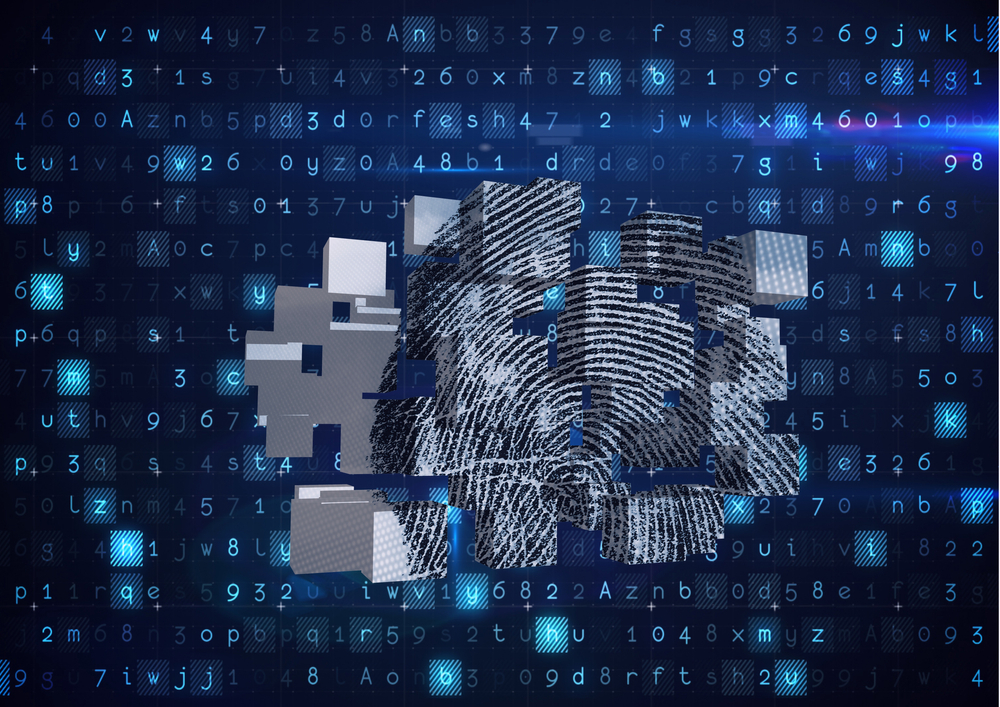As concerns about digital security grow, traditional passwords are increasingly seen as inadequate. Biometrics has emerged as a promising alternative that leverages unique physical characteristics for user authentication.
This transition is designed to improve protection while simplifying access to devices and services. However, implementing biometric systems raises important questions regarding privacy and data security.
The impact of this technological evolution extends beyond mere convenience and prompts deeper consideration of the potential impact on personal safety.
The end of passwords: Why biometrics is becoming the new standard
As concerns about digital security grow, the shift from traditional passwords to biometric authentication methods is gaining momentum. Users increasingly face the challenge of remembering complex passwords and the risks associated with password theft.
Biometrics offers a more secure alternative that leverages unique physical characteristics such as fingerprints, facial recognition, and iris scans. Because these methods are inherently associated with an individual, they provide a higher level of security and are more difficult to gain unauthorized access.
Additionally, the convenience of biometrics is appealing to users who are accustomed to quick access on their devices. This eliminates the need to update passwords frequently and reduces the possibility of phishing attacks.
Organizations are also adopting biometric authentication to strengthen their security measures, recognizing that traditional password systems are often inadequate against modern cyber threats. As technology evolves, the integration of biometrics into everyday security practices is redefining global personal security standards.
Your body as the key: How biometric authentication works
Biometric authentication transforms the body into a key, uniquely linking individuals to their personal devices and accounts. This technology authenticates identity based on measurable physical or behavioral characteristics, such as fingerprints, facial recognition, or iris scans. Each biometric marker is individual, making it nearly impossible to duplicate or counterfeit, increasing security.
Devices with biometric sensors capture these characteristics and convert them into digital data. This data is compared to a stored template to confirm your identity. This process typically involves multiple stages to ensure accuracy, such as feature extraction and matching algorithms.
Additionally, integrating biometric systems into everyday devices such as smartphones and laptops promotes both convenience and security. Users can quickly access their devices without having to remember complex passwords, creating a seamless user experience.
As biometrics continue to evolve, personal security applications become increasingly important in protecting sensitive information.
Beyond fingerprints: next generation biometric security
Fingerprints have long been the cornerstone of biometric security, but advances in technology are paving the way for more sophisticated identification methods.
Iris recognition, which analyzes unique patterns in the colored parts of the eye, offers high levels of accuracy and is increasingly being adopted in security systems.
Facial recognition technology is also gaining traction, using algorithms to map facial features and verify identities at astonishing speeds.
In addition, speech recognition systems analyze voice characteristics and provide an additional layer of security that is convenient and user-friendly.
Emerging technologies such as vein pattern recognition are exploring the unique blood vessel patterns beneath the skin, offering alternative ways to protect sensitive information.
As these innovations continue to evolve, they promise to strengthen security protocols, reduce reliance on traditional methods, and ultimately redefine personal security to be more secure and efficient.
Building trust: How companies can responsibly protect biometric data
Trust is fundamental in the field of biometric data management, where companies face a significant responsibility to protect sensitive information. To build this trust, companies must implement rigorous security measures such as encryption and secure storage solutions to protect biometric data from unauthorized access.
Regular audits and compliance with industry regulations are essential to demonstrating a commitment to responsible data management.
Companies must prioritize transparency by informing users about how their biometric data is used, stored, and shared. Providing a clear privacy policy fosters an environment of trust and allows consumers to make informed decisions.
Additionally, organizations can engage in ongoing education efforts to raise awareness about the importance of biometric security.
Finally, working with cybersecurity experts can help businesses stay ahead of potential threats and ensure best practices for biometric data protection are in place.
The future of secure identity
How will advances in technology shape identity security in the future? As advances in biometrics continue, the concept of secure identity is poised for transformation.
Future ID systems will likely integrate multiple biometric modalities, such as facial recognition, fingerprint scanning, and voice recognition, to enhance security while providing a seamless experience for users.
Furthermore, decentralized identity solutions powered by blockchain technology will give individuals more control over their personal data. By allowing users to control permissions and selectively share biometric information, you can significantly reduce the risk of data breaches.
Artificial intelligence also plays a key role, enabling real-time analysis of biometric data to detect anomalies and prevent identity theft.
As society moves toward a digital-first world, the intersection of biometrics and technology will redefine secure identity and foster a more secure environment for personal and financial interactions.
Ultimately, a future with robust multi-layered security systems will make digital transactions more reliable.
Responsible handling of biometric data is key to the future
As the personal security landscape evolves, biometrics has emerged as a pivotal solution that provides both enhanced protection and user convenience.
By replacing traditional passwords with unique physical characteristics, individuals can enjoy seamless access while minimizing the risks associated with password theft.
However, as this technology advances, companies must prioritize the responsible handling of biometric data to foster trust and ensure a secure future for identity verification. The era of secure identity has truly begun.
Source link

